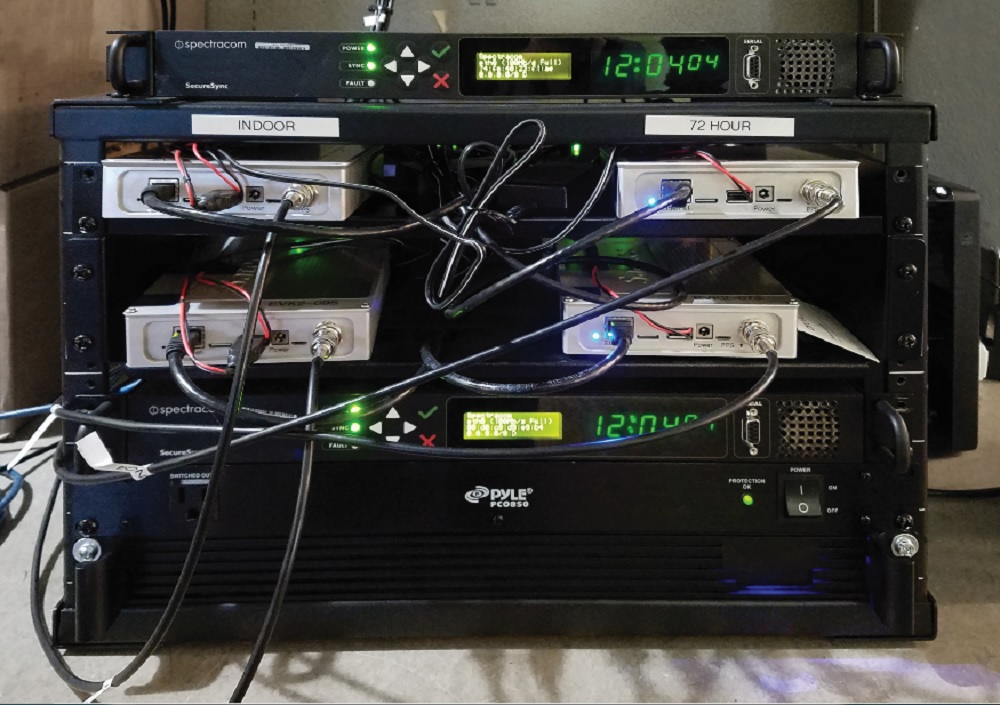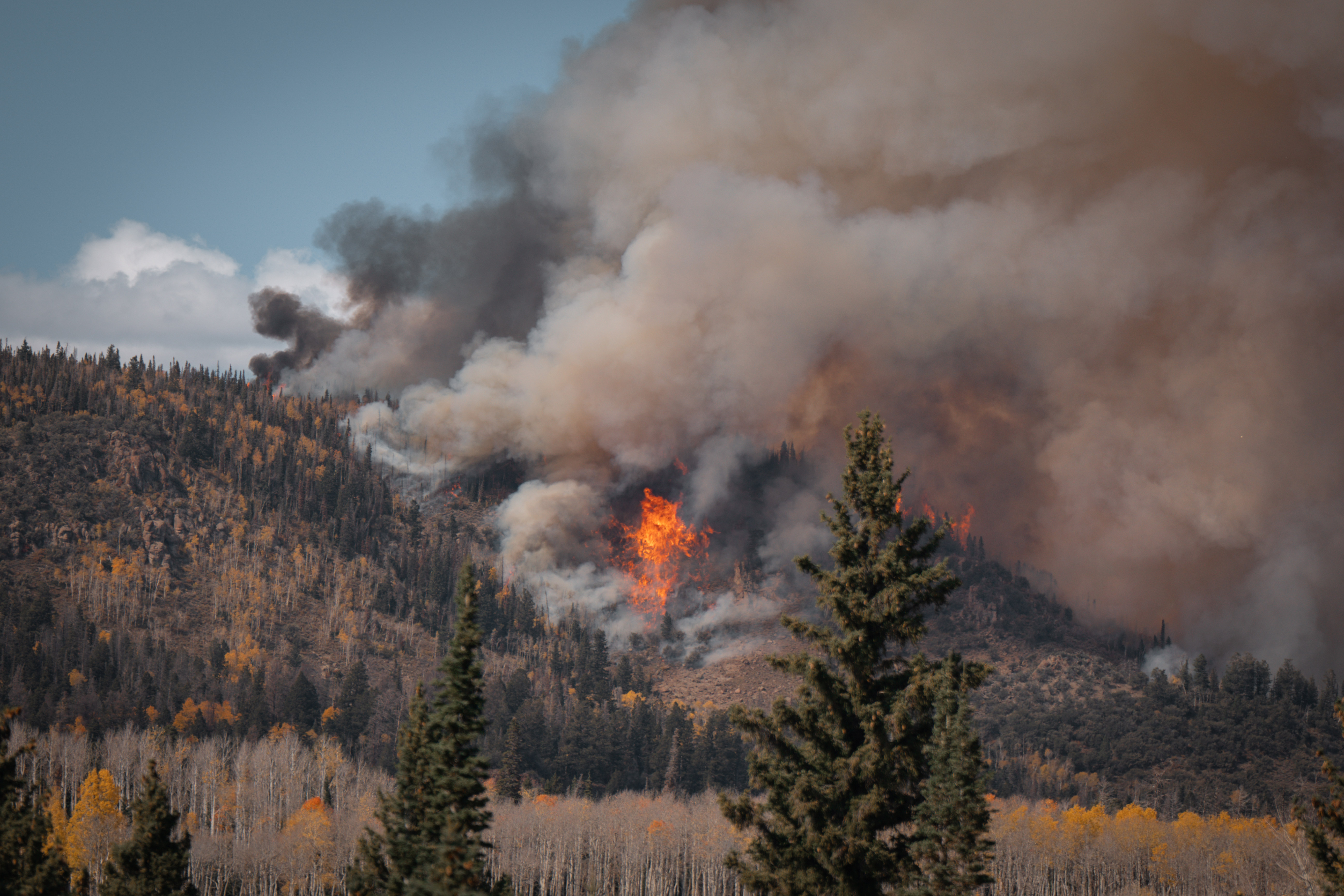What Is a Black Hole? (Grades 5-8)
This article is for students grades 5-8 A black hole is a region in space where the pulling force of gravity is so strong that light is not able to escape. The strong gravity occurs because matter has been pressed into a tiny space. This compression can take place at the end of a star’s […]
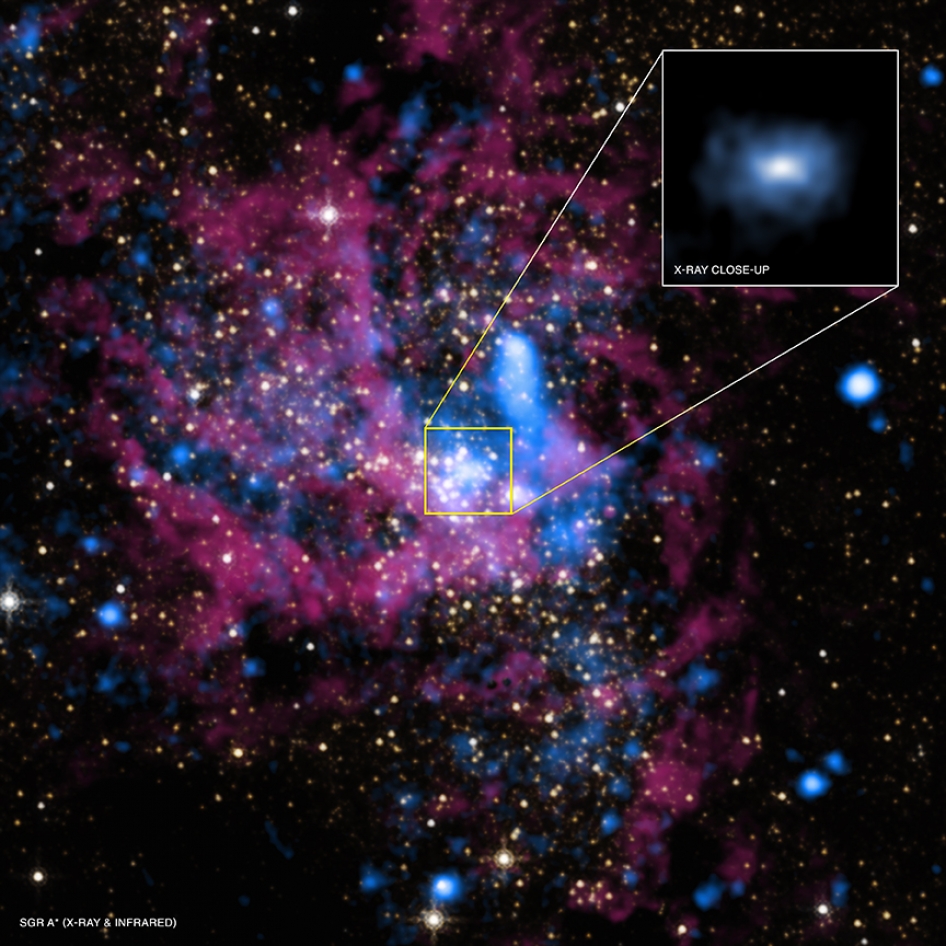
This article is for students grades 5-8
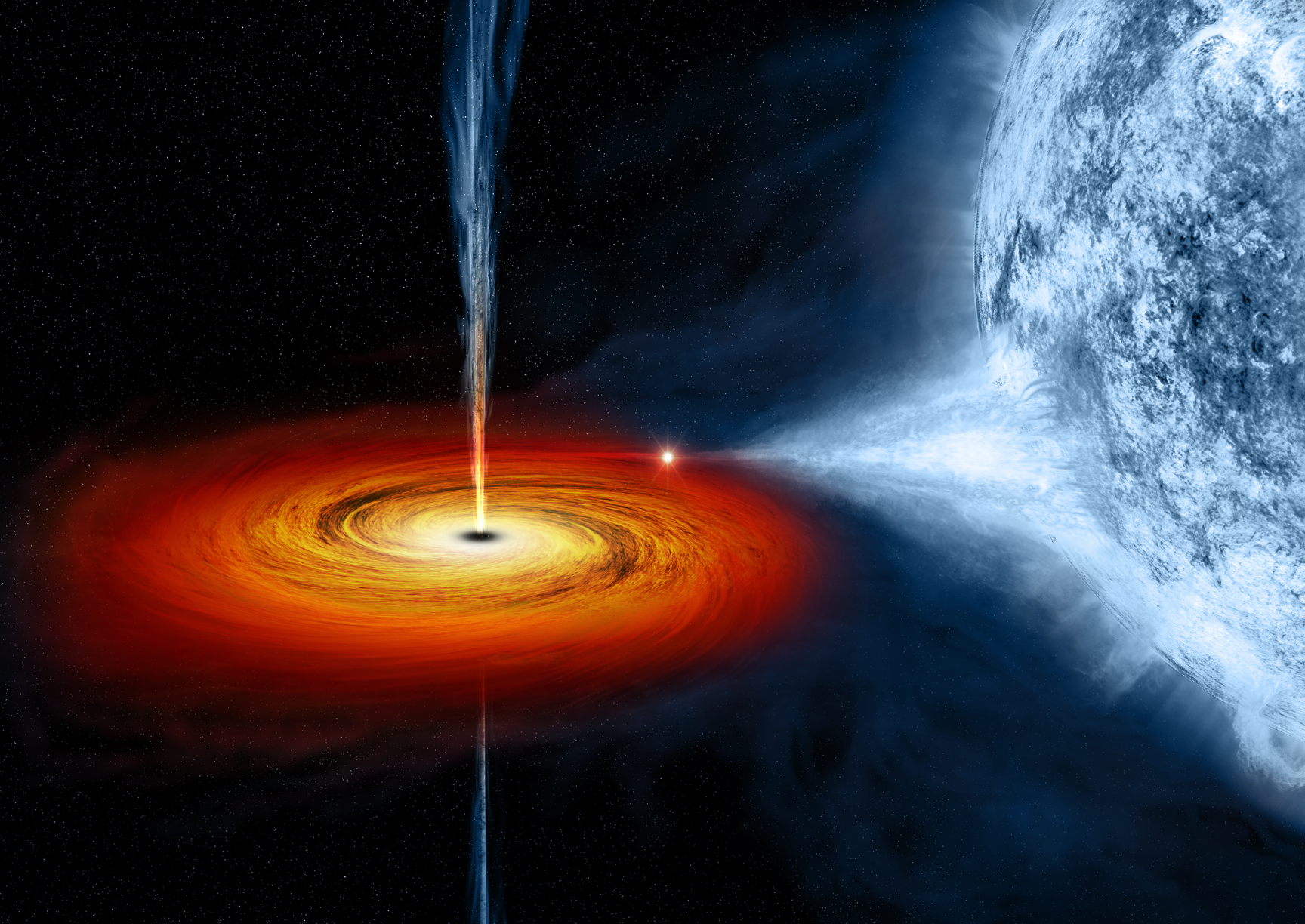
A black hole is a region in space where the pulling force of gravity is so strong that light is not able to escape. The strong gravity occurs because matter has been pressed into a tiny space. This compression can take place at the end of a star’s life. Some black holes are a result of dying stars.
Because no light can escape, black holes are invisible. However, space telescopes with special instruments can help find black holes. They can observe the behavior of material and stars that are very close to black holes.
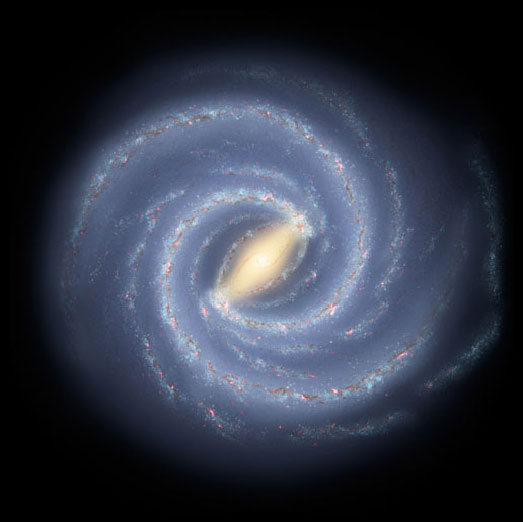
How Big Are Black Holes?
Black holes can come in a range of sizes, but there are three main types of black holes. The black hole’s mass and size determine what kind it is.
The smallest ones are known as primordial black holes. Scientists believe this type of black hole is as small as a single atom but with the mass of a large mountain.
The most common type of medium-sized black holes is called “stellar.” The mass of a stellar black hole can be up to 20 times greater than the mass of the sun and can fit inside a ball with a diameter of about 10 miles. Dozens of stellar mass black holes may exist within the Milky Way galaxy.
The largest black holes are called “supermassive.” These black holes have masses greater than 1 million suns combined and would fit inside a ball with a diameter about the size of the solar system. Scientific evidence suggests that every large galaxy contains a supermassive black hole at its center. The supermassive black hole at the center of the Milky Way galaxy is called Sagittarius A. It has a mass equal to about 4 million suns and would fit inside a ball with a diameter about the size of the sun.
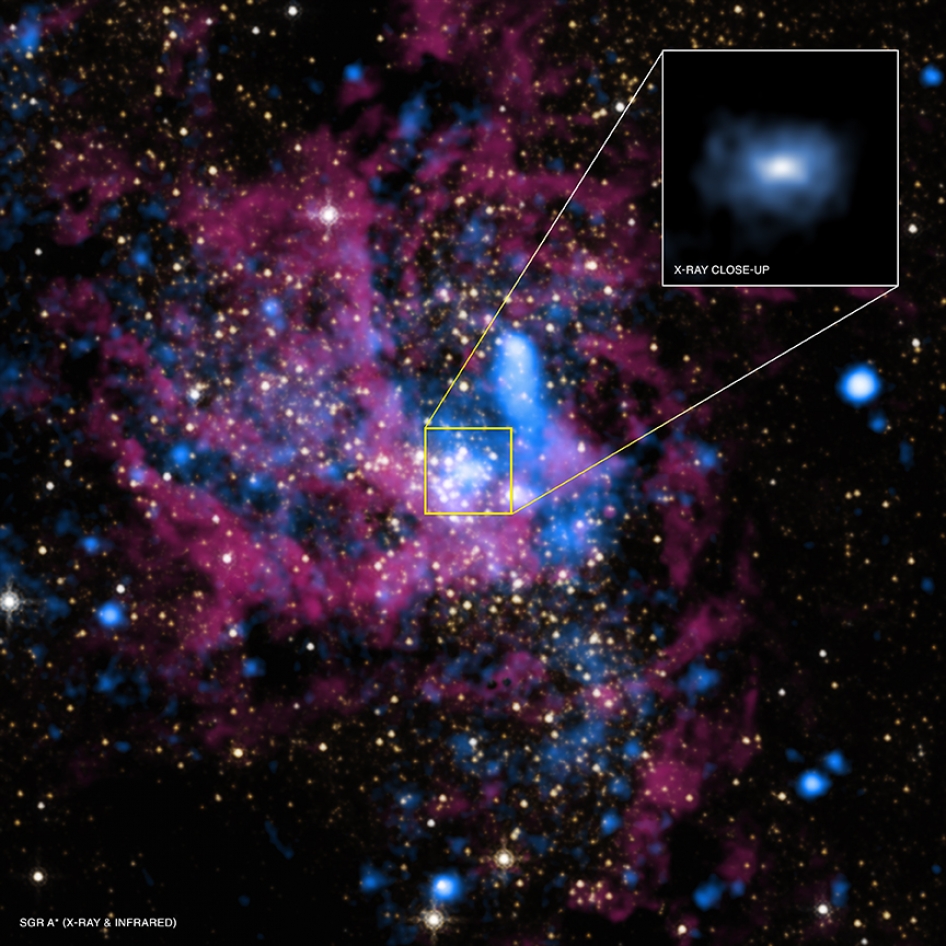
How Do Black Holes Form?
Primordial black holes are thought to have formed in the early universe, soon after the big bang.
Stellar black holes form when the center of a very massive star collapses in upon itself. This collapse also causes a supernova, or an exploding star, that blasts part of the star into space.
Scientists think supermassive black holes formed at the same time as the galaxy they are in. The size of the supermassive black hole is related to the size and mass of the galaxy it is in.
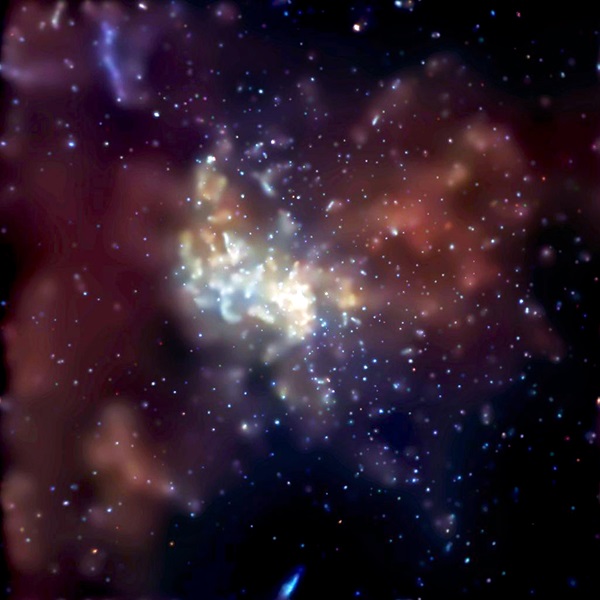
If Black Holes Are “Black,” How Do Scientists Know They Are There?
A black hole can not be seen because of the strong gravity that is pulling all of the light into the black hole’s center. However, scientists can see the effects of its strong gravity on the stars and gases around it. If a star is orbiting a certain point in space, scientists can study the star’s motion to find out if it is orbiting a black hole.
When a black hole and a star are orbiting close together, high-energy light is produced. Scientific instruments can see this high-energy light.
A black hole’s gravity can sometimes be strong enough to pull off the outer gases of the star and grow a disk around itself called the accretion disk. As gas from the accretion disk spirals into the black hole, the gas heats to very high temperatures and releases X-ray light in all directions. NASA telescopes measure the X-ray light. Astronomers use this information to learn more about the properties of a black hole.

Could a Black Hole Destroy Earth?
Black holes do not wander around the universe, randomly swallowing worlds. They follow the laws of gravity just like other objects in space. The orbit of a black hole would have to be very close to the solar system to affect Earth, which is not likely.
If a black hole with the same mass as the sun were to replace the sun, Earth would not fall in. The black hole with the same mass as the sun would keep the same gravity as the sun. The planets would still orbit the black hole as they orbit the sun now.
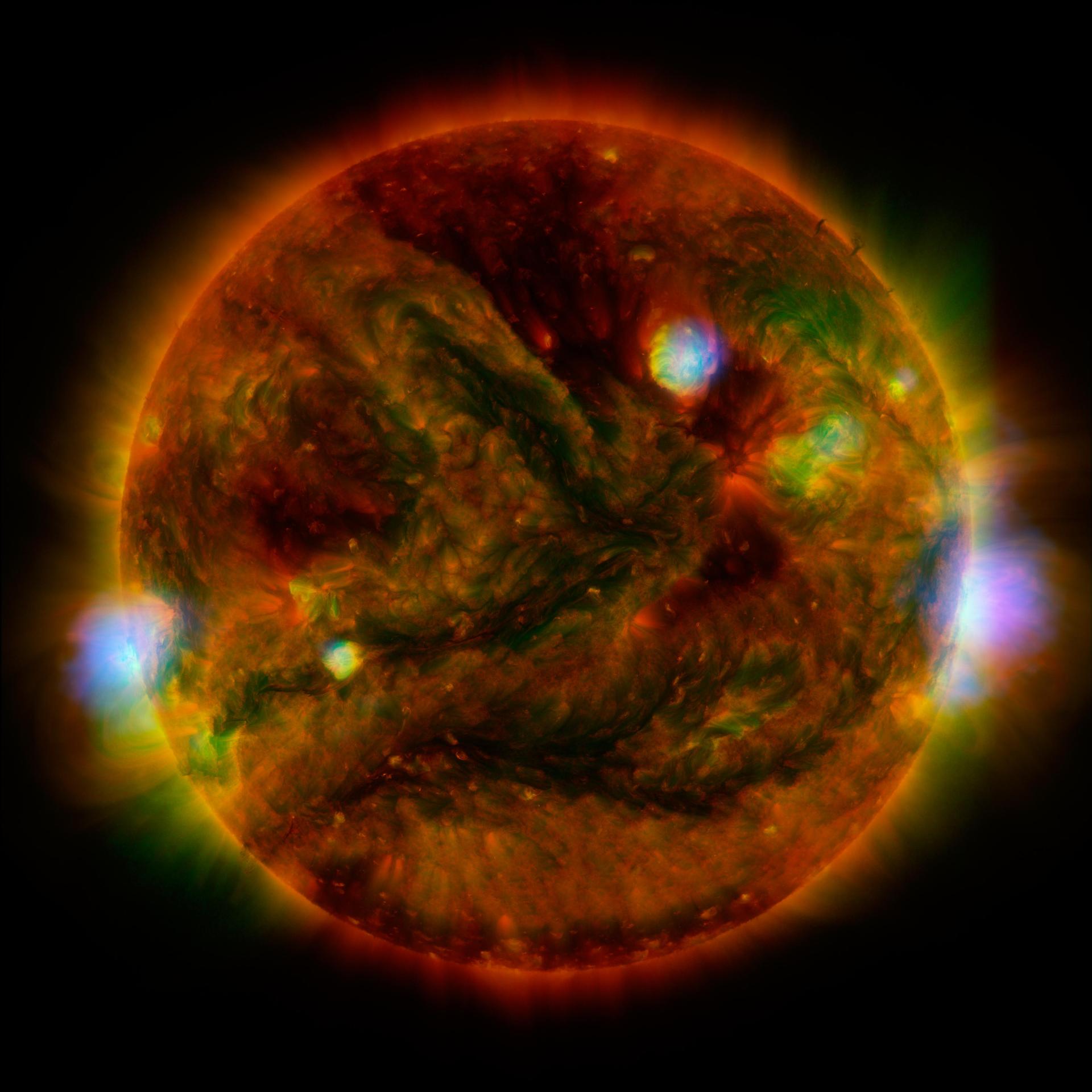
Will the Sun Ever Turn Into a Black Hole?
The sun does not have enough mass to collapse into a black hole. In billions of years, when the sun is at the end of its life, it will become a red giant star. Then, when it has used the last of its fuel, it will throw off its outer layers and turn into a glowing ring of gas called a planetary nebula. Finally, all that will be left of the sun is a cooling white dwarf star.
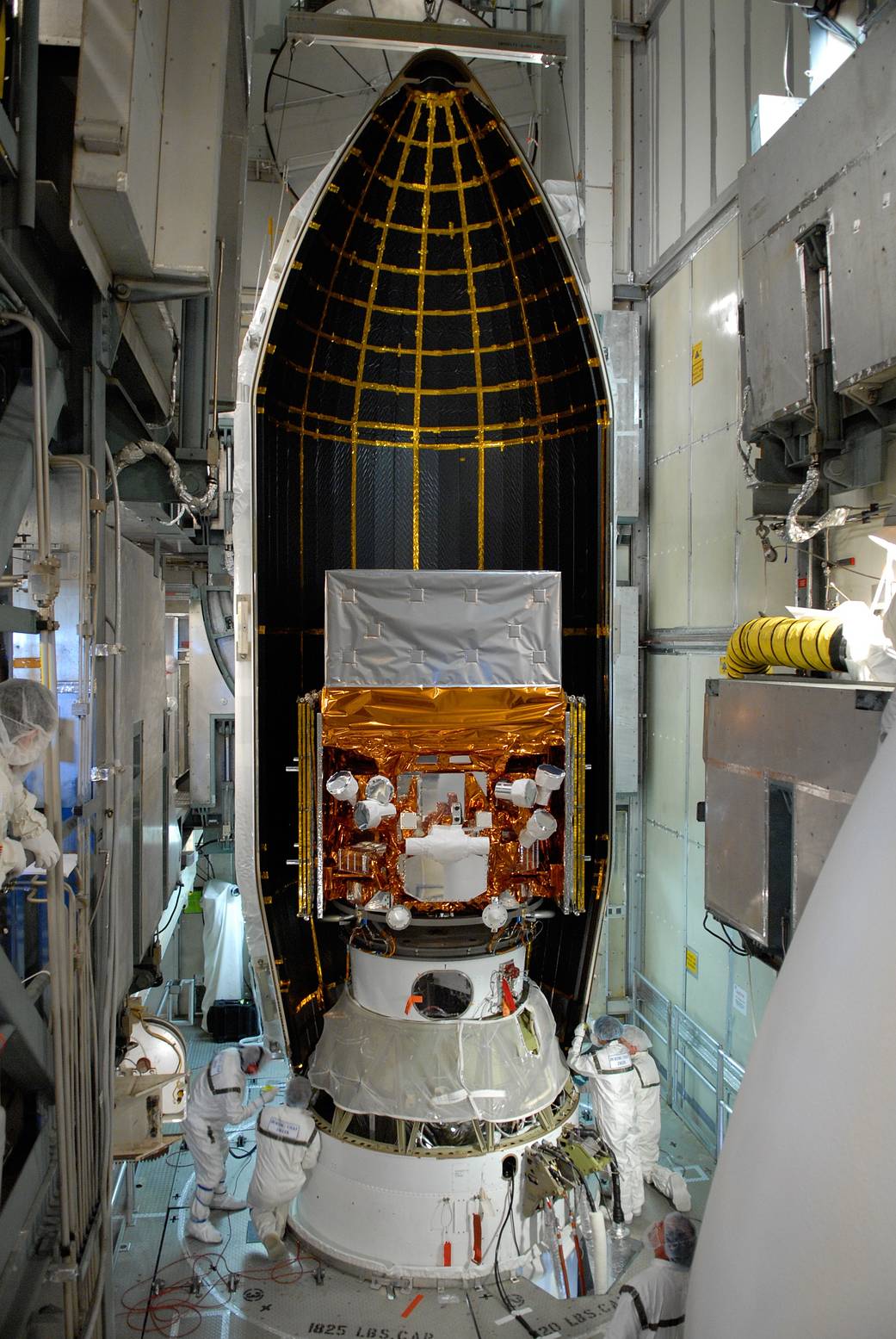
How Is NASA Studying Black Holes?
NASA is learning about black holes using spacecraft like the Chandra X-ray Observatory, the Swift satellite and the Fermi Gamma-ray Space Telescope. Fermi launched in 2008 and is observing gamma rays – the most energetic form of light – in search of supermassive black holes and other astronomical phenomena. Spacecraft like these help scientists answer questions about the origin, evolution and destiny of the universe.
_________________________________________________________________________________________
Words to Know
mass: the measurement for the amount of matter in an object
red giant star: a star that is larger than the sun and red
because it has a lower temperature
white dwarf star: a small star, about the size of Earth;
one of the last stages of a star’s life
_________________________________________________________________________________________
More About Black Holes
Space Place in a Snap: What Is a Black Hole?
Black Hole Rescue
Fall Into a Black Hole
Black Holes: By the Numbers Slideshow
Black Hole Travel Postcards






















